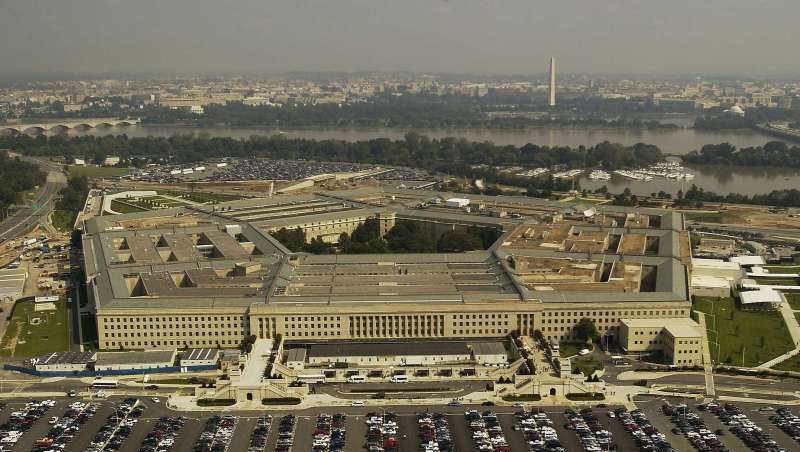
The Department of Defense (DoD) today announced a new technology vision established by Under Secretary of Defense for Research and Engineering Heidi Shyu, with a long list of critical technologies on which the Pentagon will focus on going forward for evaluation and rapid fielding.
The vision aims to strengthen the DoD’s technological superiority in an era of global competition and is structured around three strategic pillars: mission focus, foundation building, and succeeding through teamwork.
“To maintain the United States military’s technological advantage, the department will champion research, science, technology, engineering, and innovation,” Shyu said. “The demands of the present era call for new operational concepts, increasingly joint operations, and quickly fielding emerging science and technology opportunities.”
The vision document explains that the DoD plans to solve technology challenges through cooperation between the government, Defense Industrial Base members, academia, Federally Funded Research and Development Centers (FFRDCs); University Affiliated Research Centers (UARCs), small businesses, international partners, and “even with our competitors.”

The document outlines 14 critical technology areas the DoD wants to pursue that are vital to national security.
These priority areas include: biotechnology, quantum science, Future Generation (FutureG) wireless technology, advanced materials, trusted AI and autonomy, Integrated Network Systems-of-Systems, microelectronics, space technology, renewable energy generation and storage, advanced computing and software, human-machine interfaces, directed energy, hypersonics, and integrated sensing and cyber.
“The OUSD(R&E) will develop critical technologies, rapidly prototype them, and conduct continuous campaigns of joint experimentation to improve on those technologies and deliver capabilities,” Shyu said.
In order to support the quick transition from a tech invention to successful fielding, the DoD will need to reform its resource allocation processes and “pursue novel mechanisms and alternative pathways to rapidly field technologies,” the document says.
“With knowledge, clarity of purpose, real commitment to the innovation ecosystem, and cooperation, the department will be able to field more rapidly the technologies needed to support warfighting capabilities now and in the future,” Shyu said.
